Anal cancer patients will likely find they spend a considerable amount of time on or near the toilet during treatment; after treatment ends, there will be much more time during the recovery process to reflect upon this bathroom fixture.
Frank Muir’s wonderful An Irreverent and Almost Complete Social History of the Bathroom (Stein and Day, 1982), gives us an overview of “human arrangements for defecation.” Curiously, for most of our history, these matters were not carried out in private. My favorite quote about this comes from a 1751 book he cites, entitled Philosophical Dialogue Concerning Decency. “Whereas I have known an old woman in Holland set herself on the next hole to a gentleman and civilly offer him her muscle (mussel) shell after she had done with it herself.” (Try not to think about this the next time you see mussels on the menu.) Kings and other members of the elite would receive guests while sitting on whatever version of today’s toilet was being used at the time. Lyndon Baines Johnson, or LBJ, was known for doing this, even during his presidency in the 1960s! Now we expect private stalls in public restrooms, and toilets are increasingly set apart from the rest of the “bath” room in private homes.
As the mussel shell quotation points out, arrangements for cleaning up afterward were quite different in the past. In the West, toilet paper was only developed in the 1880s! (China claims to have had such a product centuries earlier.) Today we have a vast array of papers, sanitary wipes, and even appliances such as the bidet for cleanup – and we’re all grateful! (Tip – take your own preferred material when you travel – the price of a hotel room, for example, does not guarantee that the paper supplied will not feel like barbed wire.)
The flush toilet’s origins lie deep in history. A Chinese archaeological site found a toilet (a device with seat, and running water) dating to 2000 years ago, and King Menos in Crete had a flushing toilet 800 years before that. In the west, indoor toiletry goes back at least to the late 16th century. Thomas Crapper, a London plumber, did not invent the flush toilet – but his company did develop a number of improvements, and helped to popularize the device, despite the prudish culture of Victorian England. Prince Edward (later King Edward VII), gave Crapper his first royal order in the 1880s. A recent revival of the Crapper Company allows toilet buffs to install their own Crapper at home; July 27 is celebrated by some in the plumbing business as Crapper Day.
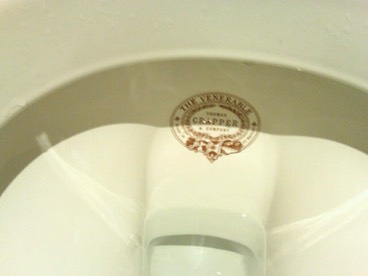
The names given this appliance over the centuries are almost endless - here's another list, and here you'll find over 100 (certainly not the complete total, as the author has excluded those that fit in the "potty-mouth" category). Most of these names prudishly refrain from describing its actual function - the name in common retail use in the US - toilet, comes from the French, for washing or grooming; not exactly what's happening!
For much more on this essential part of our lives, see here, and here.
As noted above, toilet paper is not much more than a century old, at least in the West. Some of the advertising for this material verges on Too Much Information, or Very improbable, at least from the anal cancer patient point of view:
"Charmin Ultra Strong Helps Keep You and Your Underwear Clean!" And then there's this:

And for elegance, there's nothing like a Talavera ceramic from Mexico:
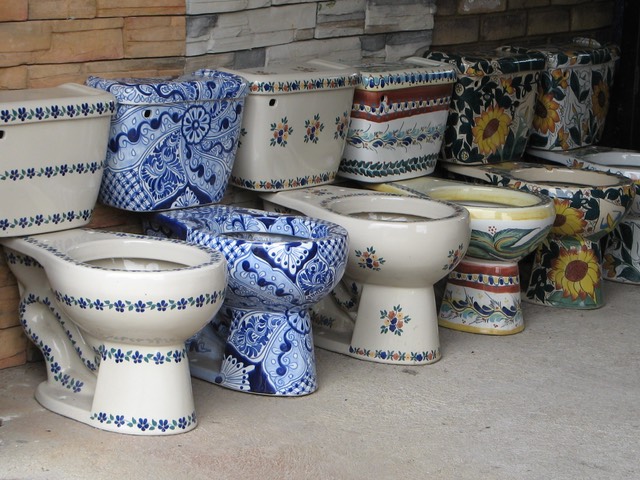
Compare those to this "sanitary car" provided for miners in Bisbee, AZ, a century ago:
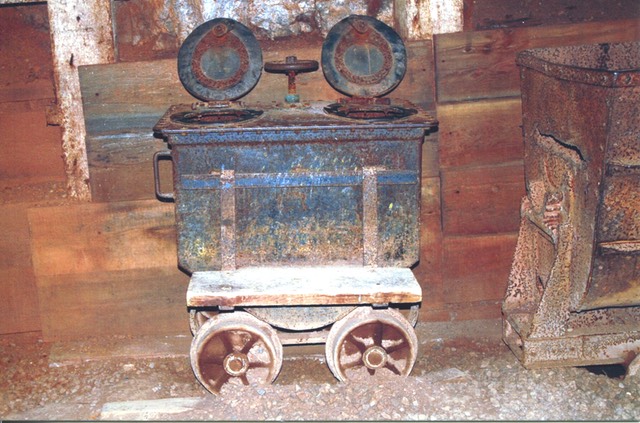
And here's a more contemporary, cheerful guy - on the go while on the go!

And just to end any bathroom disagreements:
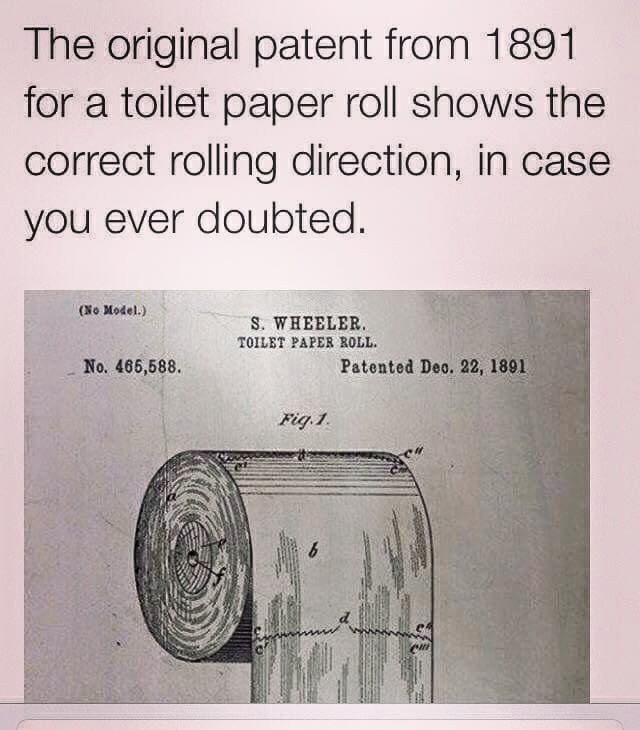
Toilet Paper Art
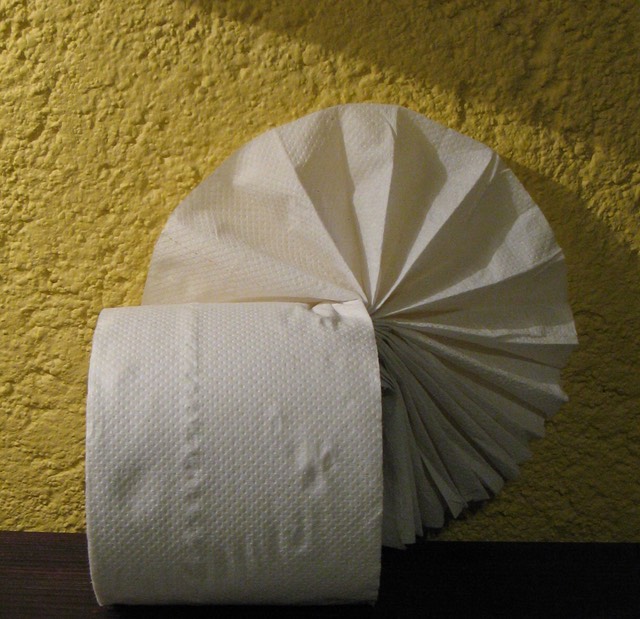
And one more about those thrones
